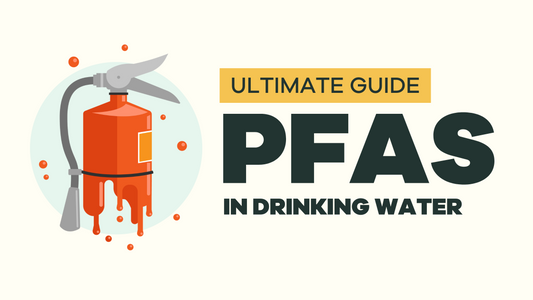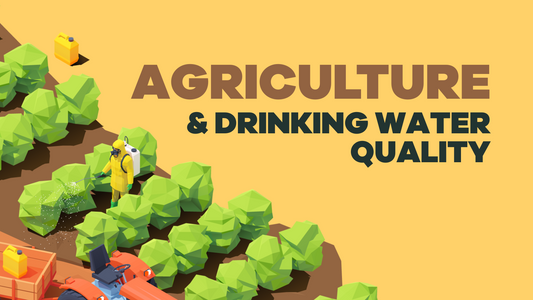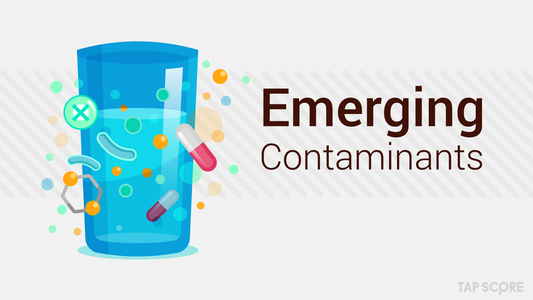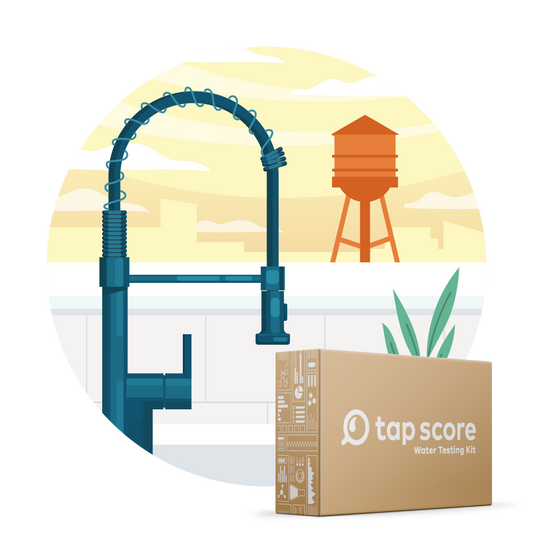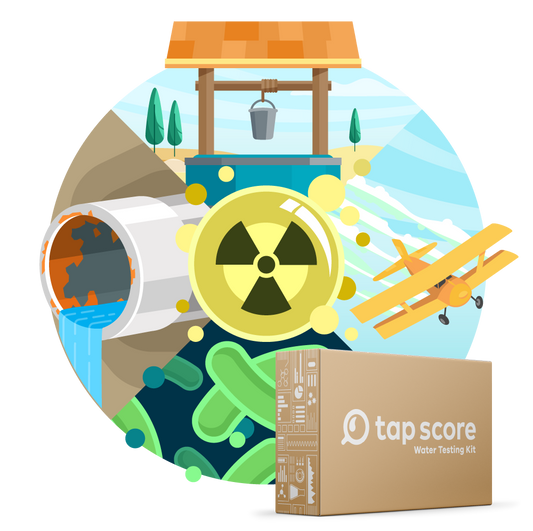
Hydraulic Fracturing: What It Means for Your Private Well
Hydraulic fracturing–colloquially known as “fracking”–began as an experiment in 1947. Today, it’s a well-worn approach to natural gas production. Since the early experiments, over 1.7 million fracking projects have been carried out on gas and oil wells in the United States–and the industry has grown rapidly. In fact, natural gas production via hydraulic fracturing has increased more than 10-fold since 2000.
To this day, fracking remains a highly controversial practice–with opponents arguing that the benefits are outweighed by the public health and environmental impacts (water contamination, air and noise pollution, increased seismic activity, etc.).These concerns are magnified when fracking occurs near groundwater wells (which supply drinking water to more than 45 million people).
We, at SimpleLab, have created an overview about what hydraulic fracturing could mean for your drinking water.
What is hydraulic fracturing?
Simply put, fracking is a well stimulation technique. The process consists of cracking deep rock formations through the high-pressure injection of fracking fluid (water containing sand or other proppants suspended via thickening agents). This approach allows natural gas, petroleum, and brine flow more freely through the cracks, which makes the gas and oil easier to extract.
What does fracking mean for your drinking water?
Hydraulic fracturing can and does contaminate groundwater. This was suspected for decades and eventually proven true. In fact, a 1987 report concluded that drinking water contamination had been detected since 1984.
There are a variety of mechanisms throughout the fracking process that can potentially lead to groundwater aquifer contamination. While the likelihood that any of the mechanisms will occur is low, scientists’ understanding of hydraulic fracturing risks remains limited. It is also challenging to assess and quantify the risks of hydraulic fracturing to groundwater resources due to the lack of consistently catalogued information regarding the following:
- The frequency and severity of associate spills and leaks
- The integrity of wells (both active and decommissioned)
- Groundwater quality before, during, and after a fracking operation
- The environmental impacts of the chemicals used for gas and oil production
How does hydraulic fracturing contaminate drinking water wells?
Fracking contaminates drinking water when the chemicals used to fracture rocks seep into nearby groundwater sources.
Recent studies have determined that methane/methanol (a highly flammable gas used in the fracking process) concentrations in drinking-water supplies are six times higher in wells within one kilometer of a natural gas well. At high enough concentrations, methanol can trigger irreversible nerve damage and blindness when consumed in sufficient quantities.
Drinking water wells located near hydraulic fracturing projects are more likely to be exposed to contaminants from on-site spills and project failures. One study found that chemicals migrated up to three kilometers from hydraulically fractured wells into groundwater supplies. This is concerning in light of a recent study published in the Proceedings of the National Academy of Sciences (PNAS), which concluded that 37% of all recorded fracking wells stimulated in 2014 were located within 2 kilometers of at least one domestic groundwater well. The risk of contamination is elevated if the fracturing site is shallow due to the closer proximity to the aquifer. Unfortunately, shallower wells are likely to increase in frequency because they are less expensive.
It is extremely complicated to examine fracking-related groundwater contamination, as many of the compounds used are not commonly analyzed in commercial labs or not publicly disclosed. In order to improve our understanding of the impacts of hydraulic fracturing, it is crucial to increase public and transparent water-quality monitoring before, during, and after the fracking process.
Article Sources
▾http://www.pnas.org/content/early/2017/11/21/1701682114.full.pdf
http://waterinthewest.stanford.edu/sites/default/files/Hydraulic%20Fracturing%20RB_Final.pdf
http://www.futurity.org/fracking-drinking-water-wells-1617232/
https://www.scientificamerican.com/article/fracking-can-contaminate-drinking-water/
https://www.ecowatch.com/epa-fracking-water-contamination-2144968213.html
https://oilprice.com/Energy/Crude-Oil/The-Real-History-Of-Fracking.html
https://www.fractracker.org/2015/08/1-7-million-wells/
http://money.cnn.com/2016/03/24/investing/fracking-shale-oil-boom/index.html



